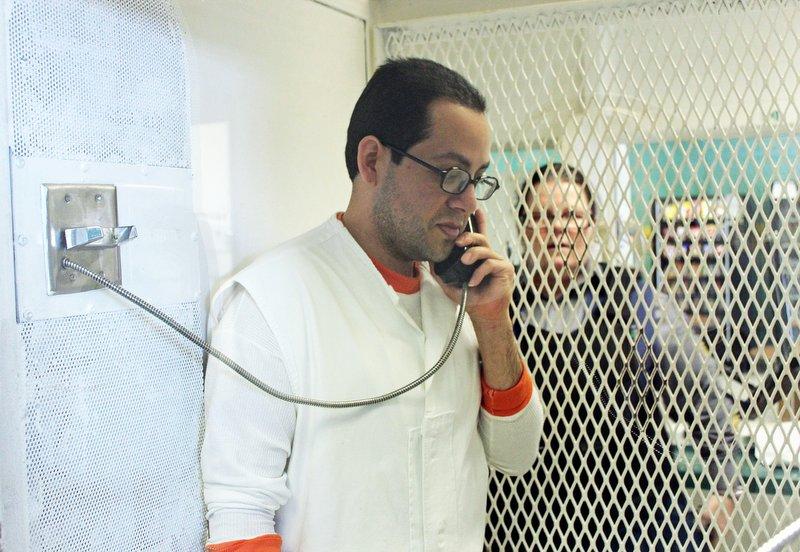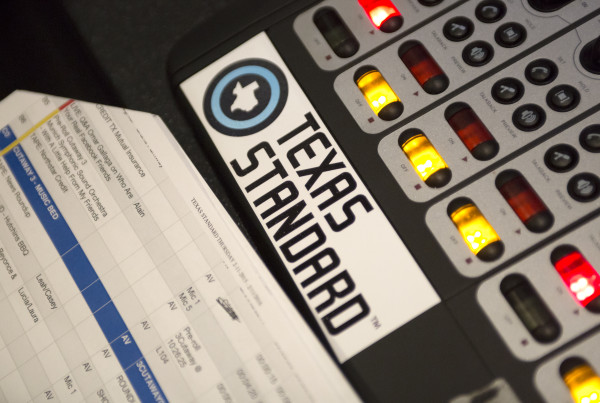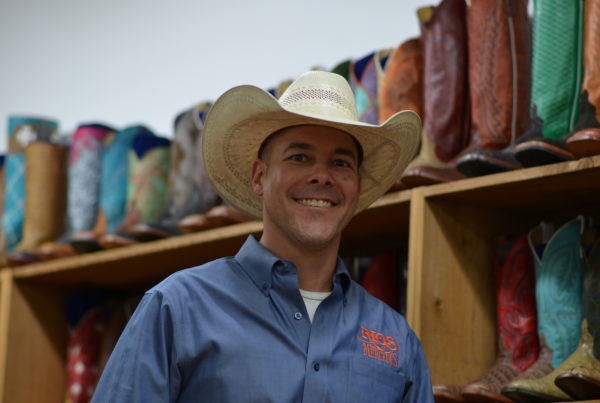Most states in the U.S. use solitary confinement as a form of punishment for prisoners. A 2012 investigation by Mother Jones found 38 states use the practice. But Texas is no longer one of them.
As of September, the state did away with solitary confinement as punishment. But the practice is still used as a living arrangement for thousands of Texas inmates.
Solitary confinement is a punishment, but administrative segregation is not.
Jason Clark, a spokesperson for the Texas Department of Criminal Justice or TDCJ, says administrative segregation is a tool that can be used to protect staff from inmates and to protect inmates from other inmates.
“If they pose a threat to others, [if] they are confirmed members of the most dangerous gangs or [if] they’ve exhibited repeated behaviors that [have] created a continued security risk,” Clark says.
In those cases, prisoners can be placed in administrative segregation, which means isolation for 22 hours a day. And that could be for a couple of days, or indefinitely.
At the moment, about 4,000 Texas inmates are in “ad-seg,” as TDCJ calls administrative segregation.
There’s also another group of segregated inmates – men on death row.
“So I make myself clear – ad seg, solitary and death row – [are] all different things,” Clark says.
Got it.
So, solitary is a punishment.
Ad seg is a tool.
Segregation on death row is a living arrangement.
Rudy Medrano has been on death row for 14 years. I talked to him back in 2015 and this is what he told me that living arrangement looks like.
“So, for two days out of the week, you are in your cell all day. The only minutes is when you go out to take a shower and shave. That’s it,” Medrano says.
The rest of the week, men get two hours of recreation – sometimes indoors, sometimes outdoors – but still in isolated cells. I don’t understand how, but Medrano says he plays basketball on his outdoor days.
OK, he tells me. The men are outdoors two at a time. Each in a separate cage.
“We have a game called ‘run and shoot.’ You have your own rim and basketball, same as the other guy. And you count to 10, whoever makes 10 shots first wins,” Medrano says.
Only the men on death row live like this. Women with a death sentence live the same way as most other prisoners in a maximum-security prison. They have jobs and get to mingle with others.
Clark with TDCJ says the men’s living arrangements used to be like that. But it changed almost 20 years ago, because in 1998, inmate Martin Gurule successfully escaped from death row.
“Gurule and six other inmates used the work program that they were involved in and ultimately Gurule used tools from that work program to get over the fence,” Clark says.
Gurule used cardboard to protect himself as he jumped over a set of two razor-wired fences. He was the only one who made it out.
The manhunt for Gurule was massive. An Associated Press video from the search shows mounted TDCJ personnel with dogs searching in the piney forests of Huntsville. Days went by and they couldn’t find Gurule. Rumors started spreading that he had made it safely to Mexico. But a week later his body was found not far from the prison.
“As he crossed the nearby creek, that cardboard expanded and he ultimately drowned,” Clark says.
A year later, all men on death row were transferred to an isolated facility in Livingston, Texas. Today, more than 200 men live in what looks like solitary confinement. If you don’t know the difference.
Wallis Nader, an attorney with the Texas Civil Rights Project who specializes in the constitutionality of certain punishments, wonders why more prisons around the country are trying to do away with solitary confinement, but continue to keep inmates in isolation either as a tool or as a living arrangement.
“There’s an argument to be made that – really – it is unconstitutional for them [death row inmates] to be placed in segregation automatically,” Nader says.
Still, experts nationwide applauded the fact that Texas, the state with the largest prison population, did away with solitary confinement last month. It meant that 76 inmates formerly in solitary confinement now have new living arrangements.
















